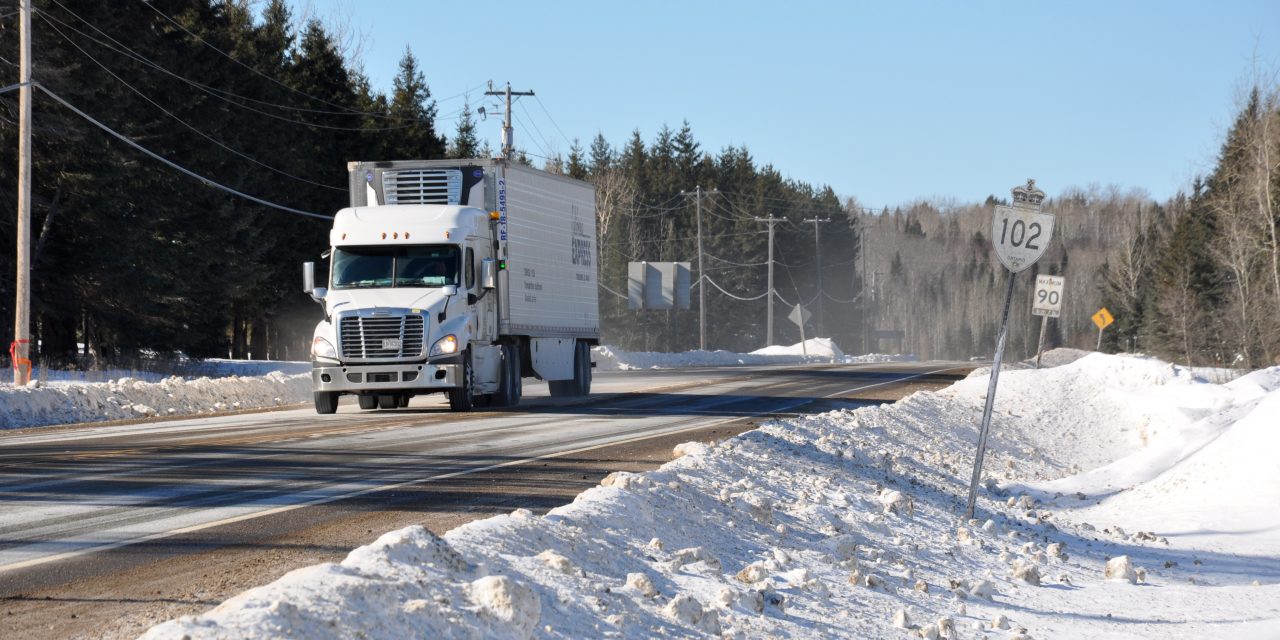Editorial by Ryan Stelter
“Northwestern Ontario’s highways are a national embarrassment and something has to change!” Now, if only you had a dollar for every time you’ve heard that said within the pages of a newspaper or magazine, or during a television segment, you’d probably have enough to rebuild the Trans-Canada Highway from Thunder Bay to Kenora from scratch.
In Northwestern Ontario, highways are lifelines. They’re how we deliver supplies to remote communities, access medical appointments, and attend hockey tournaments. Northerners understand this perhaps more than those in southern Ontario who traverse the 401 at blistering speeds to get to their cushy office jobs in downtown Toronto. This is not meant to sow more seeds of dissent between those in southern and northern Ontario, but it is frustrating to see money being poured into the highway systems in the Greater Toronto Area and not to fix the atrocious highways in the north.
Northern Ontario is travelled by thousands of truckers each month delivering supplies to the rest of Canada. Highways 17 and 11 are a vital link between eastern and western Canada. In fact, they’re the only link. A 2013 report from the Ministry of Transportation showed that in that year, 53,800 trucks travelled on northern Ontario highways, carrying $1.24 billion in commodities. It can be safely assumed that traffic volumes have increased due to travel restrictions as a result of the COVID-19 pandemic. More could be done to get proper training for truck drivers—especially in northern Ontario—but with the industry now facing a shortage of drivers, most companies are anxious to get people on the road as quickly as possible.
When that stretch of highway between Kenora and Thunder Bay gets shut down due to inclement weather or accidents, it blocks off the main artery going through Canada. It’s embarrassing, really. All one has to do is Google “Highway 17 accident” and dozens upon dozens of results show up. A 2018 annual report from MTO—the most recent that actually breaks down accidents by region—shows there were 3,615 collisions in the Thunder Bay district, resulting in 14 fatalities and 678 people injured. In the Kenora district, there were 882 collisions resulting in seven people losing their lives and 106 getting injured. The interesting thing about those statistics is how many of those collisions happened on provincial highways, with 430 of those in Kenora and 1,485 in Thunder Bay.
It’s no secret that everyone within the region uses highways each and every day to work and play.
Canadians have no business gloating about the mighty Trans-Canada Highway when most of it cutting through northern Ontario is a paved logging road. The stretch of Highway 17 between the Manitoba border and Kenora has been talked, whined, and opined about for years and ground has finally broken on that project, which is welcome news. However, that is one small piece of the puzzle. In fact, the stretch east of Vermillion Bay to Thunder Bay is often subject to more delays from accidents than the cottage country route of Winnipeg to Kenora.
Real action must be taken to ensure drivers can take to the roads safely to access vital services. One option is to adopt a 2+1 highway system, which is widely used in Europe. It essentially is a three-lane highway with longer passing lanes, which could help improve safety and faster driving times. The rugged landscape of the Canadian Shield is not ideal to be carving up completely with twinning, so perhaps a 2+1 system is a way to save some coin.
The people of Northwestern Ontario deserve better, and instead of having no other option other than dealing with the treacherous highways currently in place.














